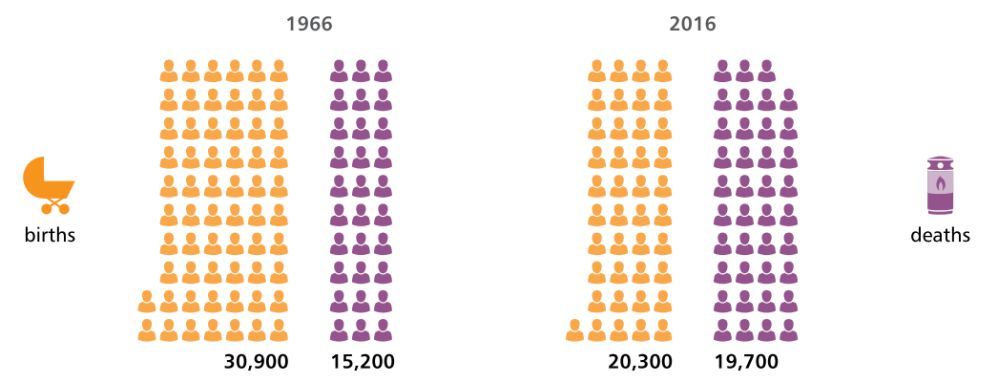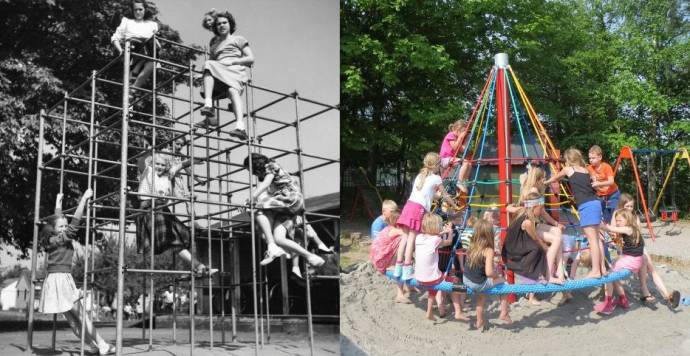January 23, 2018
There are currently about 57,000 women called Marija and 24,000 men named Franc in Slovenia, which make Marija the no. 1 most common name for women and Franc the no. 1 for men, according to the Statistical Office of the Republic of Slovenia.
If you happened to be born in the 1970s or later, and most of your friends are the same age as you or younger, you might have noticed that there aren't that many Franc's and Marijas out there, unless we are talking about people of the older generation, that is, born in the 1960s and earlier. This can be seen in the figures for various names by year of birth. Here, Franc and Marija disappeared from the top five during the 1970s and continued to slide until the 2000s, when Franc dropped off the top 200 list, while Marija settled at no. 111.
In fact, the most popular given names in the years from 2011 to 2016 were
- 1. Luka, 2. Nik, 3. Filip, 4. Jakob, and 5. Žan for boys, and
- 1. Eva, 2. Ema, 3. Sara, 4. Lara, and 5. Zala for girls.
Given this lack of new blood, why do Marija and Franc still claim the top spot?
Two things pop to mind, the first being that more children were born in the years following WW2 with baby boom peak in 1950, when 36,000 children were born, and the second peak in 1955, when 32,000 kids were born, compared to around 20,000 on average each year from the 1980s on.

Picture: http://www.stat.si/StatWeb/File/DocSysFile/9750/statobook_2017.pdf
The second notable thing is that proportion of babies being given one of the most popular names keeps dropping, even when adjusted to the general slow-down in population growth. If we compare, for example, the figures for the top five names in the 1950s and the 2000s with the number of births (we'll take 30,000 births annually for the 1950s and 20,000 for the 2000s), we see that 10% of all girls born in the 1950s were named Marija, and a little less than 5% of all boys were named Franc. In the 2000s, on the other hand, only 2.9% of all girls were named Nika and 3.7% of all boys were named Luka, the most popular names in that decade.
In addition, the percentage accounted for by the top five names in aggregate also saw a decline. In the 1950s the five most popular names for boys accounted for 17% of the entire male population of new-borns, and 18% of girls were named one of the top five. In the 2000s, the top five names were given to just 12.8% of female new-borns and 13.5% of boys.
This means that the names are now becoming more evenly distributed, and thus the popular names of the 1950s can still hold onto the top spots. Moreover, and although we do not possess any numbers to prove it, we believe that these numbers indicate increasing diversity with regard to given names. This is perhaps a natural consequence of an increasingly open world, with the greater exchange of ideas, languages and cultures, as seen in the growing use of names such as Anan, Bleron and Maik for boys, and Džejla, Diellza and Fjolla for girls.






